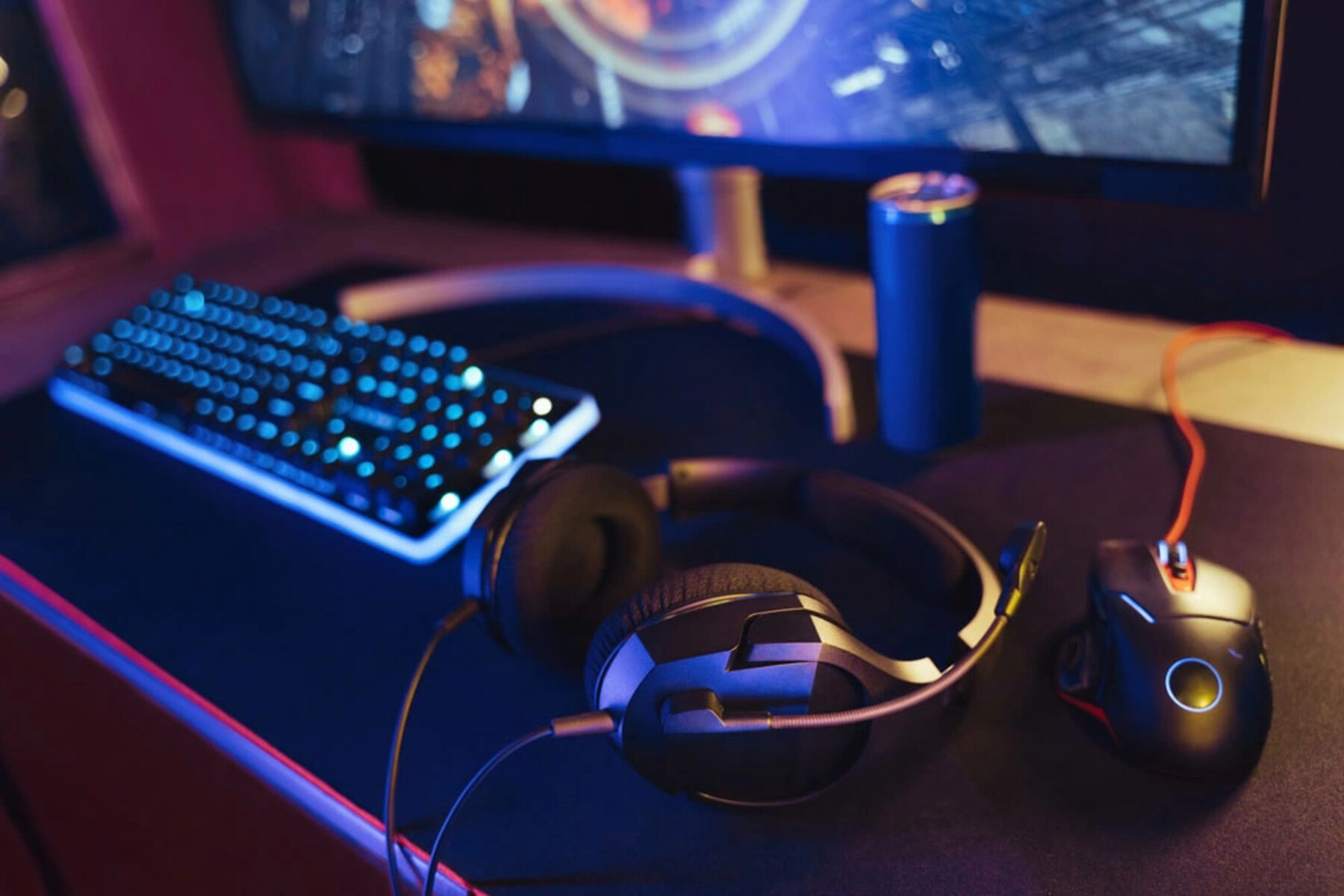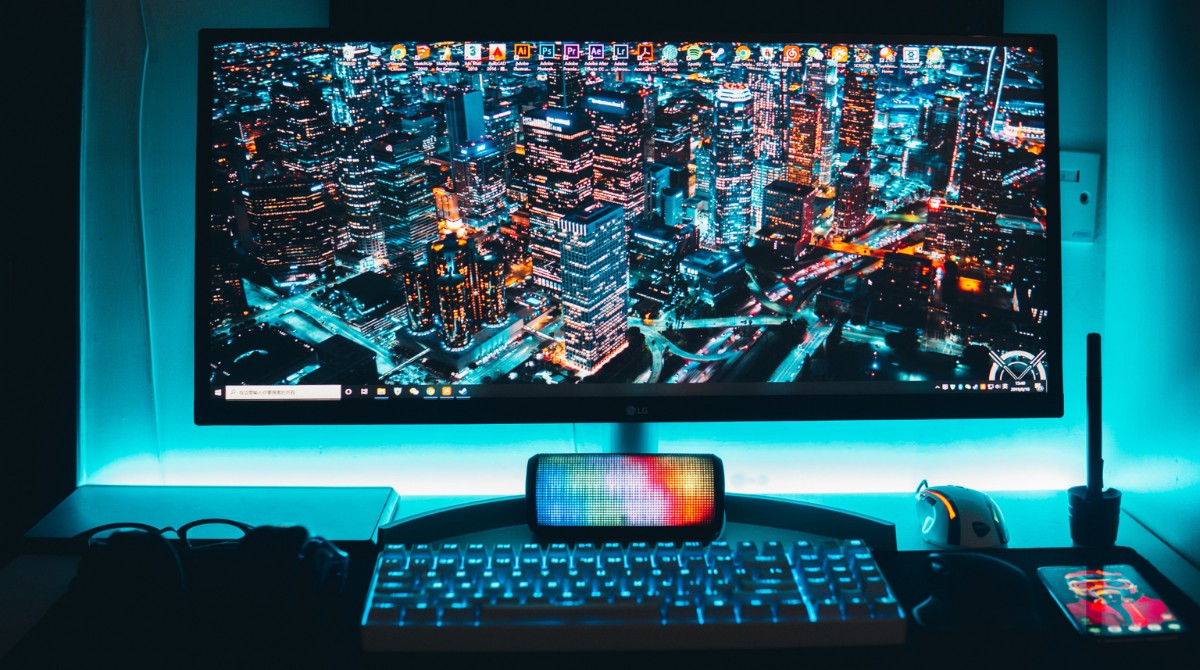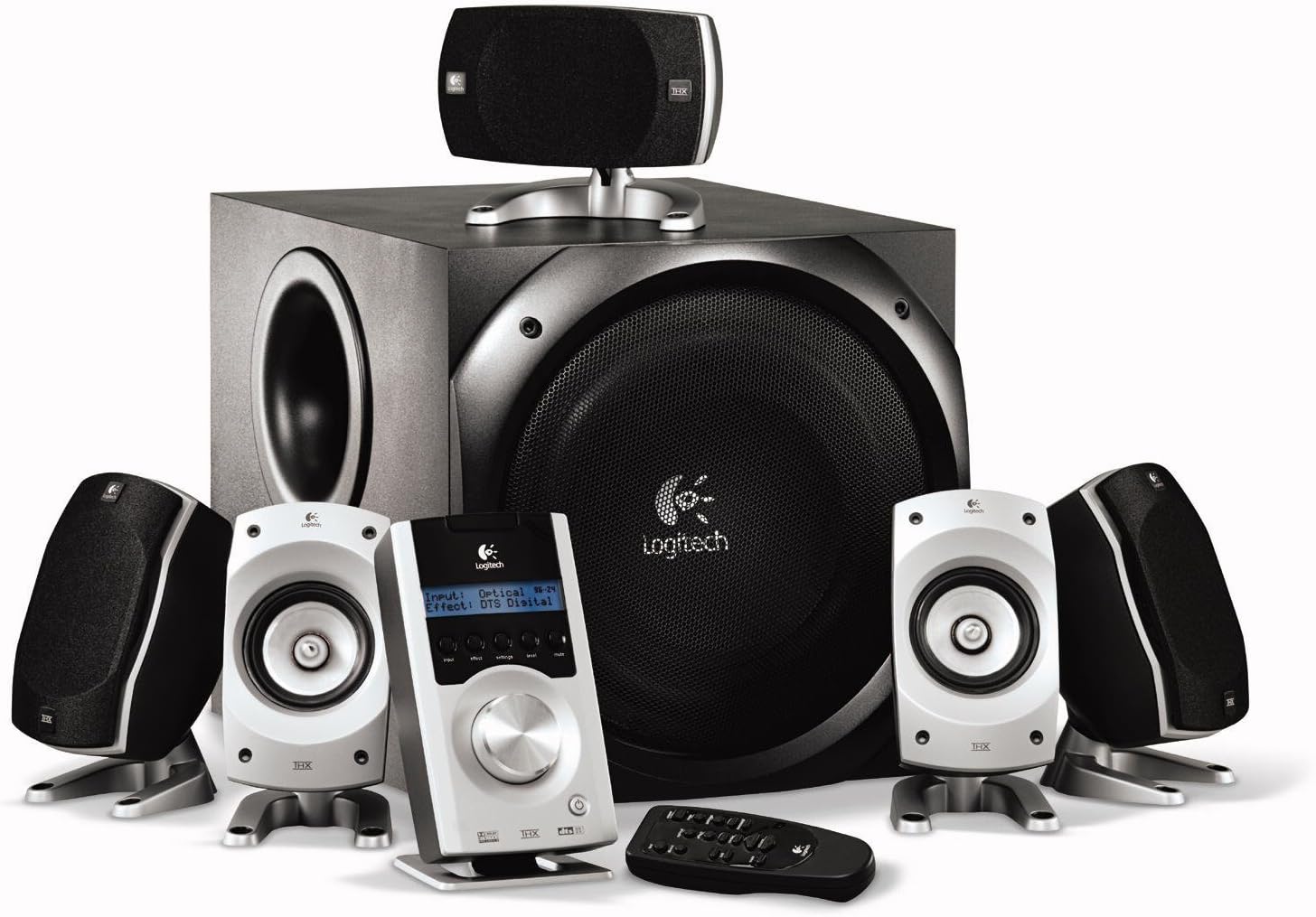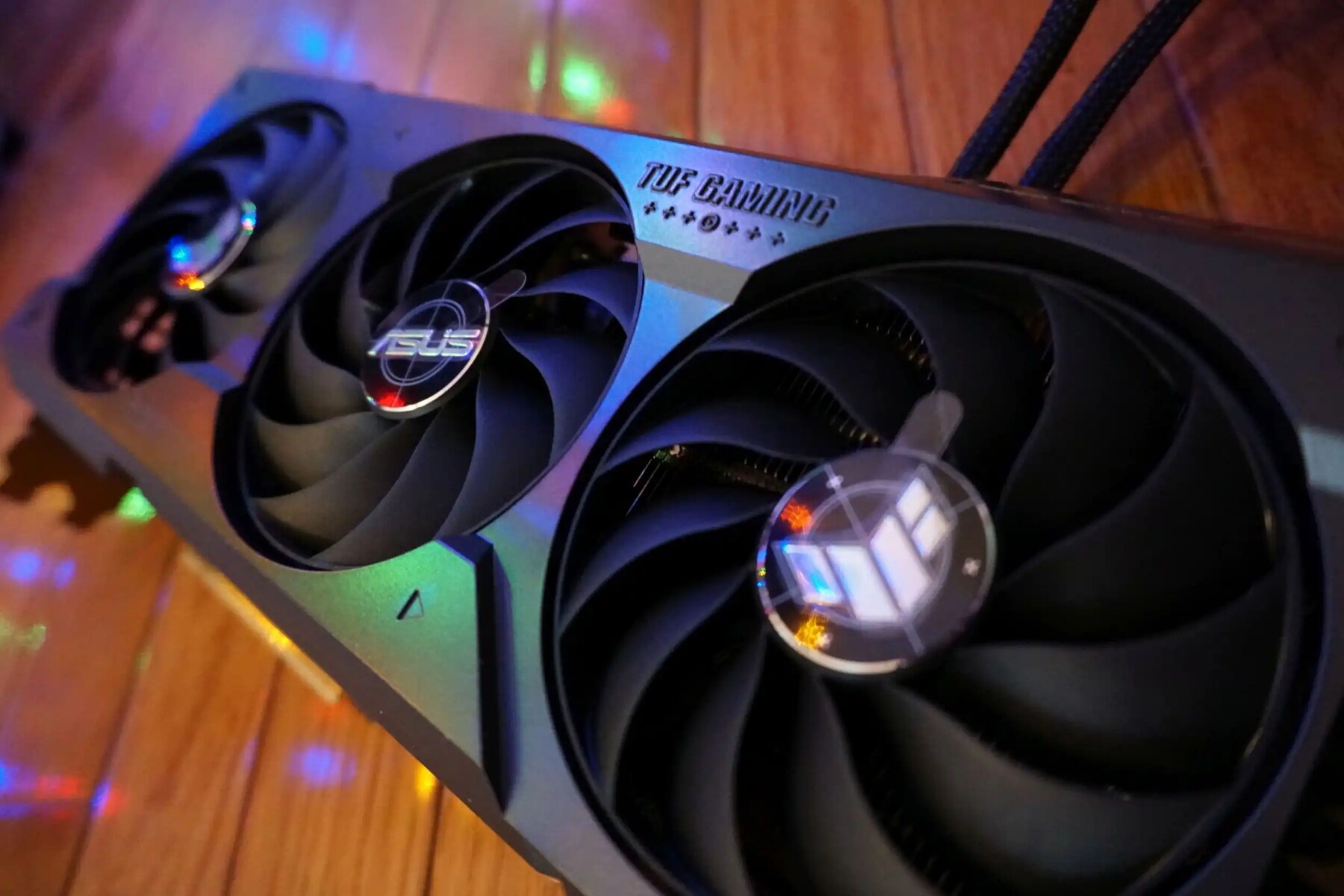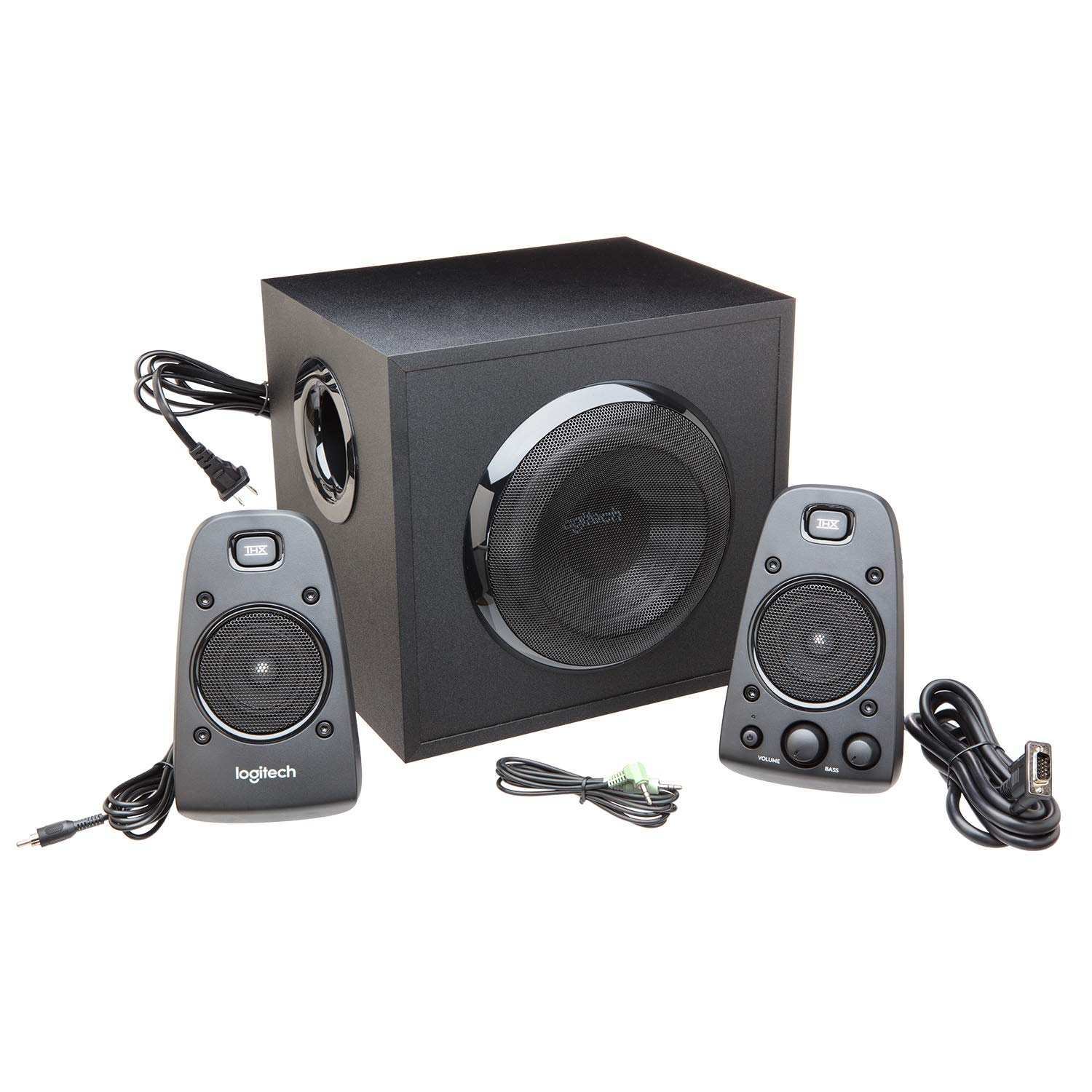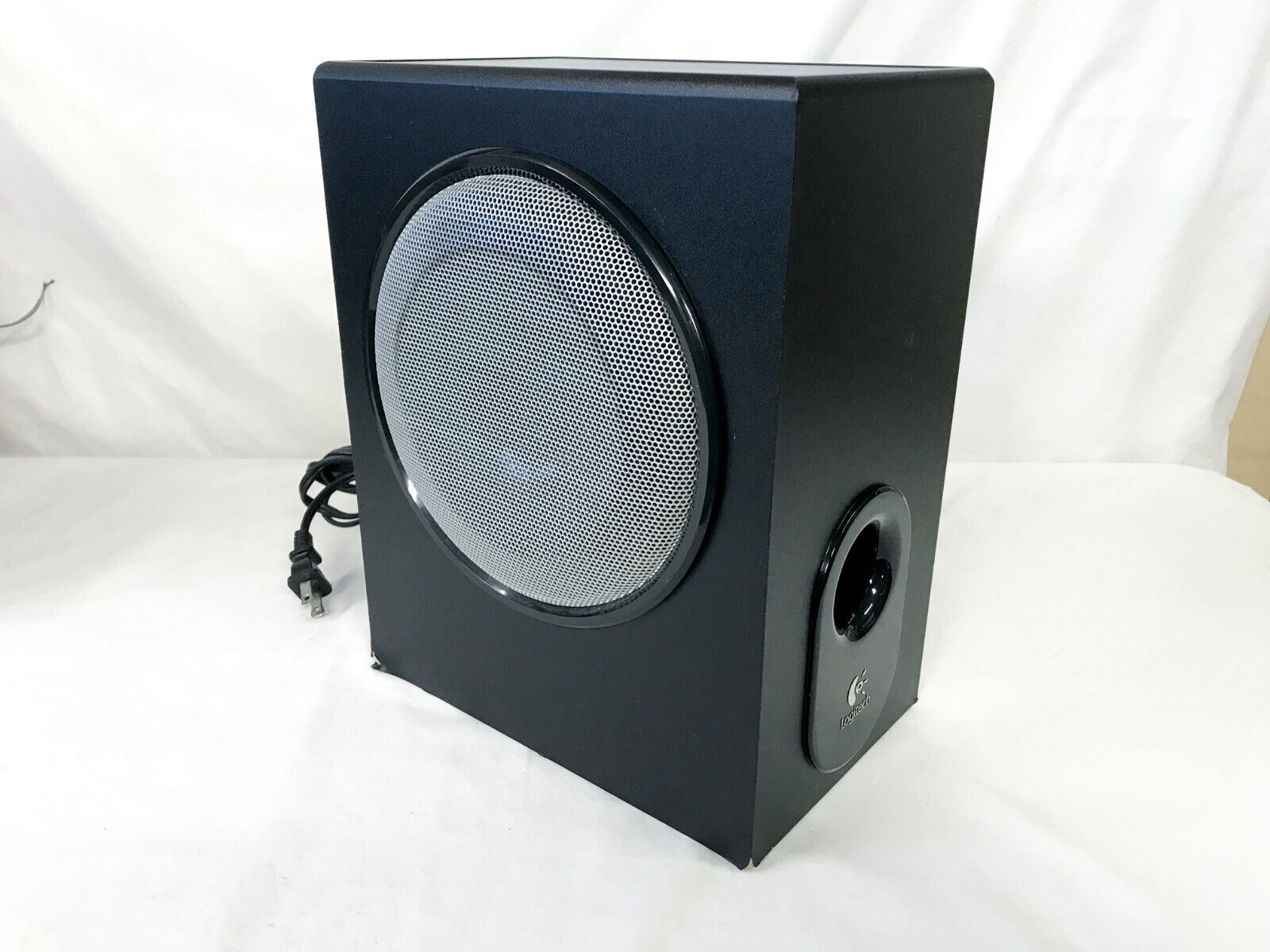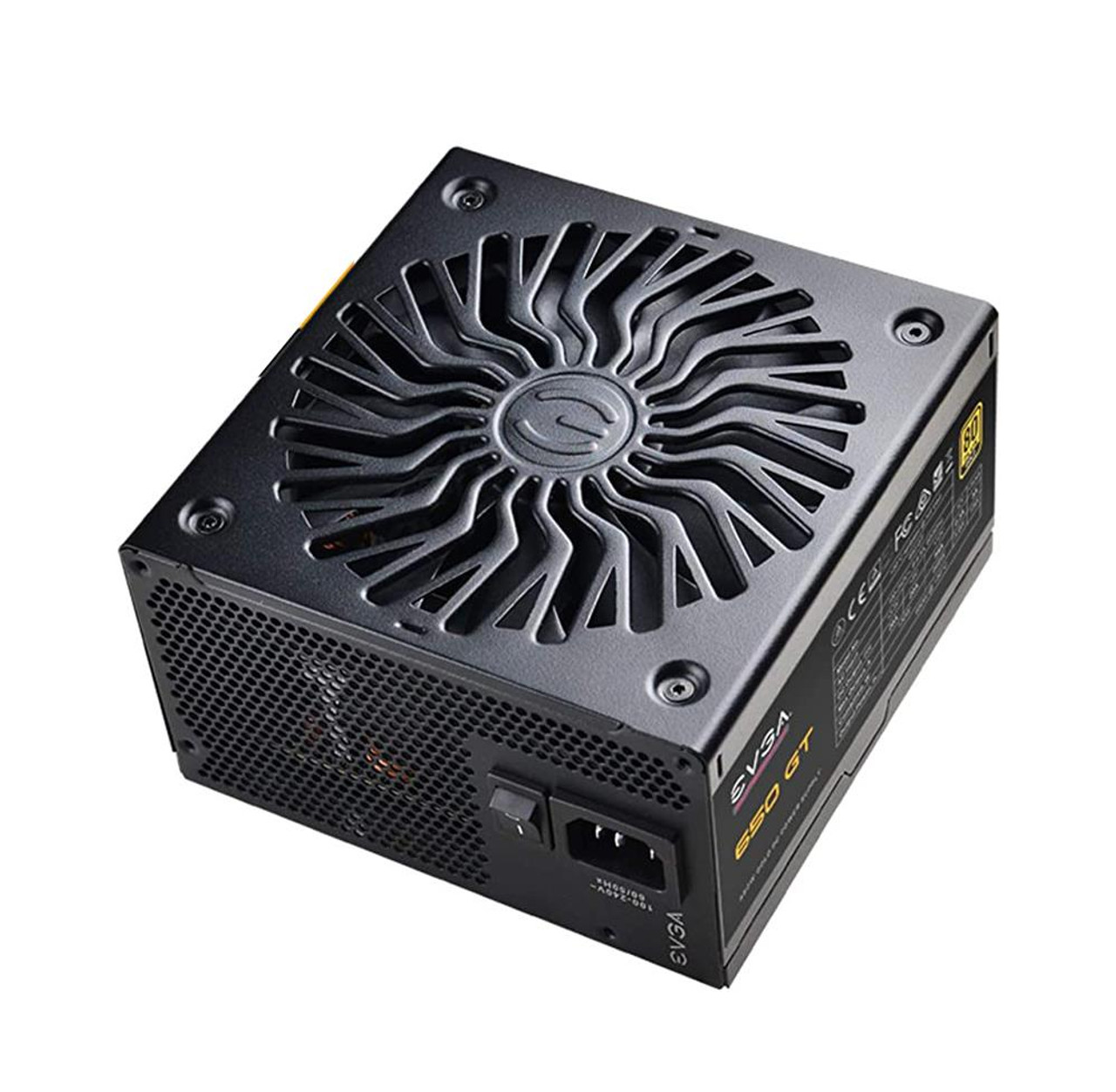Introduction
Gaming monitors have become an integral part of every gamer’s setup. With their high refresh rates and superior image quality, they offer an immersive gaming experience. However, one important factor that often goes unnoticed is the power consumption of gaming monitors. Understanding how many watts a gaming monitor uses is crucial not only for your electricity bill but also for a sustainable and eco-friendly approach to gaming.
Power consumption refers to the amount of electrical energy that a device uses over a given period of time. It is measured in watts (W), and knowing the power consumption of your gaming monitor can help you make informed decisions about energy usage and choose more efficient options.
There are several factors that influence the power consumption of a gaming monitor. The screen size, resolution, panel type, and other advanced features like adaptive sync technology all contribute to the amount of power it consumes. It’s important to understand these factors to make the right choice when purchasing a gaming monitor.
Calculating the power consumption of a gaming monitor can be useful in managing your overall power usage. By estimating how much power your monitor consumes, you can better allocate your electricity budget and ensure you have enough power capacity for other devices in your setup.
While the power consumption of gaming monitors can vary widely, there are some recommendations to consider. It is generally advised to select a gaming monitor with a power consumption of around 30-60 watts for average gaming usage. However, if you’re using multiple monitors or have specific requirements, such as professional gaming or content creation, you may consider monitors with higher power consumption.
Energy efficiency is another aspect to consider. Opting for energy-efficient gaming monitors not only reduces your environmental impact but also saves you money in the long run. Monitor manufacturers have become increasingly aware of the importance of energy efficiency, and many models now come with energy-saving features and certifications.
In this article, we will delve deeper into the factors that affect power consumption, explore how to calculate power consumption, provide recommended power consumption ranges for gaming monitors, and highlight some energy-efficient gaming monitor options. Whether you’re a casual gamer or a professional player, understanding and managing the power consumption of your gaming monitor is a step towards a more sustainable gaming experience.
Understanding Power Consumption
In order to understand the power consumption of a gaming monitor, it’s important to have a basic understanding of how power is utilized and distributed within the device. Power consumption, as mentioned earlier, is the measure of electrical energy used by a device over time and is typically measured in watts (W).
A gaming monitor requires power to function and display the visual content on the screen. This power is supplied through an electrical connection, typically a power cord that is plugged into a wall outlet. Once the monitor is plugged in, it draws electrical current and converts it into the necessary energy to power operations.
The power consumption of a gaming monitor is affected by various factors, including:
- Screen Size: Generally, larger screens tend to consume more power compared to smaller ones. This is because more power is required to illuminate the larger surface area of the screen.
- Resolution: Higher resolution displays, such as 4K or QHD, generally require more power to render the increased number of pixels. This is especially noticeable when comparing higher resolution displays to lower resolution options, such as 1080p.
- Panel Type: Gaming monitors can have different panel types, such as Twisted Nematic (TN), In-Plane Switching (IPS), or Vertical Alignment (VA). Each panel type has its own characteristics and power consumption levels. For example, IPS panels tend to consume more power compared to TN panels due to their superior color accuracy and wider viewing angles.
- Refresh Rate: The refresh rate of a gaming monitor refers to how many times the screen refreshes per second. Higher refresh rate monitors, such as 144Hz or 240Hz, require more power to produce and maintain the increased number of frames per second.
- Advanced Features: Gaming monitors often come with additional features like adaptive sync technology (such as AMD FreeSync or NVIDIA G-Sync), HDR (High Dynamic Range), or built-in speakers. These features can impact the power consumption of the monitor, with more advanced features generally requiring more power to operate.
It is important to note that power consumption can vary significantly between different gaming monitor models, even within the same size or resolution category. Manufacturers employ different technologies, optimizations, and power-saving features that directly affect power consumption.
Understanding the power consumption of your gaming monitor can help you assess its impact on your overall energy usage and make more informed choices. By considering factors such as screen size, resolution, panel type, refresh rate, and features, you can evaluate the power requirements of a gaming monitor and choose one that aligns with your needs and energy efficiency goals.
Factors Affecting Power Consumption
The power consumption of a gaming monitor is influenced by several factors. Understanding these factors can help you make an informed decision when selecting a monitor based on your energy efficiency requirements and budget. Let’s take a closer look at the key factors that affect power consumption:
- Screen Size: The size of the gaming monitor directly impacts its power consumption. Generally, larger screens require more power to illuminate the larger surface area and maintain a consistent brightness level. If energy efficiency is a concern, choosing a monitor with a smaller screen size can be a suitable option.
- Resolution: The resolution of a gaming monitor refers to the number of pixels it can display. Higher resolution screens, such as 4K or QHD, require more power to render the increased number of pixels. If power consumption is a priority, opting for a lower resolution, such as 1080p, can help reduce power usage.
- Panel Type: Gaming monitors can utilize different panel technologies, such as Twisted Nematic (TN), In-Plane Switching (IPS), or Vertical Alignment (VA). Each panel type has its own characteristics and power consumption levels. IPS panels, known for their excellent color accuracy and wide viewing angles, generally consume more power compared to TN panels. Understanding the trade-offs between panel types can help you make a decision based on your priorities.
- Refresh Rate: The refresh rate of a gaming monitor indicates how many times the screen refreshes per second. Monitors with higher refresh rates, such as 144Hz or 240Hz, require more power to display the increased number of frames per second. If energy efficiency is a priority for you, opting for a monitor with a lower refresh rate can help conserve power.
- Brightness: The brightness level of a gaming monitor also affects its power consumption. Higher brightness settings require more power to maintain, whereas lower brightness levels consume less power. Adjusting the brightness level to a comfortable and energy-efficient setting can help reduce power usage without compromising your gaming experience.
- Advanced Features: Many gaming monitors come packed with advanced features, such as adaptive sync technology, HDR support, or built-in speakers. While these features enhance the gaming experience, they also contribute to higher power consumption. If energy efficiency is a top priority, consider whether these features are essential or if you can opt for a more basic model to reduce power usage.
It’s important to note that the impact of each factor on power consumption may differ from monitor to monitor, as manufacturers may employ different technologies and optimizations. Therefore, comparing power consumption specifications and conducting research on different monitor models can help you identify the most energy-efficient option that meets your gaming needs.
Considering these factors during your monitor purchasing process will not only help you reduce power consumption but also ensure that your gaming experience aligns with your energy efficiency goals. By making a conscious choice, you can contribute to a greener and more sustainable gaming setup.
How to Calculate Power Consumption
Calculating the power consumption of a gaming monitor can be useful in managing your overall power usage and estimating the impact on your electricity bill. While it may seem complicated, the process is relatively straightforward. Here’s how you can calculate the power consumption of a gaming monitor:
Step 1: Determine the wattage rating. Start by checking the manufacturer’s specifications or the label on the back of your gaming monitor for the wattage rating. The wattage rating indicates the maximum power consumption of the monitor under normal operation.
Step 2: Measure the operating time. Determine the average amount of time you use your gaming monitor per day. This can vary depending on personal usage habits. For example, if you typically use your gaming monitor for 5 hours a day, use that as the operating time.
Step 3: Calculate the daily power consumption. Multiply the wattage rating of your gaming monitor by the operating time in hours. This will give you the daily power consumption. For instance, if your monitor has a wattage rating of 60W and you use it for 5 hours a day, the daily power consumption would be 60W x 5 hours = 300Wh (watt-hours).
Step 4: Convert to kilowatt-hours (kWh). To estimate the monthly or annual power consumption, you need to convert the daily power consumption from watt-hours to kilowatt-hours. Divide the daily power consumption by 1000 to get the power usage in kilowatt-hours. Using the previous example, 300Wh ÷ 1000 = 0.3kWh (kilowatt-hours) per day.
Step 5: Calculate the monthly or annual power consumption. Multiply the daily power consumption in kilowatt-hours by the number of days in a month or year to estimate the monthly or annual power consumption. For example, if you want to estimate the monthly power consumption, multiply the daily consumption of 0.3kWh by 30 days to get 9kWh per month.
Keep in mind that these calculations provide an estimate of the power consumption based on the specified wattage rating and operating time. Actual power consumption may vary depending on usage patterns, settings, and other factors.
By calculating the power consumption of your gaming monitor, you can have a better understanding of its impact on your electricity usage and make informed decisions about energy efficiency.
Recommended Gaming Monitor Power Consumption
When it comes to gaming monitor power consumption, there is no one-size-fits-all recommendation. The ideal power consumption for a gaming monitor depends on various factors, including your specific gaming needs, budget, and energy efficiency goals. However, there are general guidelines to consider while selecting a gaming monitor based on its power consumption:
Average Gaming Usage: For most casual gamers, a gaming monitor with a power consumption range of approximately 30-60 watts is usually sufficient. Monitors within this range provide a balance between performance, visual quality, and energy efficiency. They can handle standard gaming requirements without consuming excessive power.
Multiple Monitor Setups: If you plan to use multiple gaming monitors simultaneously, it’s important to factor in their combined power consumption. For example, two monitors with a power consumption range of 30-60 watts each will draw between 60-120 watts when used together. Ensure that your power supply and electrical setup can support the increased power demand.
Professional Gaming and Content Creation: Professional gamers and content creators may have higher demands for gaming monitors. In this case, consider gaming monitors with higher power consumption ratings that can handle the demands of high-end gaming or content creation tasks. Monitors with advanced features, such as higher refresh rates, larger screen sizes, and higher resolutions, may require more power to operate optimally.
Energy Efficiency: Opting for energy-efficient gaming monitors not only helps reduce your environmental impact but also saves you money in the long run. Monitor manufacturers have been increasingly focusing on energy efficiency, and many models now come with energy-saving features and certifications. Look for monitors with energy certifications like Energy Star to ensure they meet specific energy efficiency standards.
Keep in mind that power consumption can vary depending on the monitor model and the specific settings and usage patterns. It’s essential to check the manufacturer’s specifications or consult technical reviews to get accurate information about power consumption for the gaming monitor you are interested in purchasing.
Ultimately, the recommended power consumption for a gaming monitor will depend on your personal preferences, budget constraints, and energy efficiency goals. Evaluate your gaming requirements, consider the factors mentioned above, and select a gaming monitor that strikes a balance between power consumption, performance, and visual quality for an optimal gaming experience.
Energy-Efficient Gaming Monitor Options
As technology advances, monitor manufacturers are increasingly focused on energy efficiency, providing a range of energy-saving options for gamers. If you’re looking to reduce power consumption and minimize your environmental impact, here are some energy-efficient gaming monitor options to consider:
LED Backlit Monitors: LED (Light Emitting Diode) backlit monitors are known for their energy efficiency compared to traditional CCFL (Cold Cathode Fluorescent Lamp) backlit monitors. LED technology consumes less power while offering better brightness and color reproduction. Look for gaming monitors that utilize LED backlighting for energy-efficient performance.
Energy Star Certified Monitors: The Energy Star certification is a globally recognized symbol for energy efficiency. Monitors with the Energy Star label meet specific energy efficiency guidelines set by the Environmental Protection Agency (EPA). By choosing an Energy Star certified gaming monitor, you can ensure that it meets stringent power-saving requirements and helps reduce your energy consumption.
Adaptive Sync Technology: Adaptive sync technologies, such as AMD FreeSync or NVIDIA G-Sync, help eliminate screen tearing and stuttering during gameplay. These technologies dynamically adjust the monitor’s refresh rate to match the frame rate of the graphics card. By syncing the refresh rate and the frame rate, adaptive sync reduces the need to display extra frames, thus resulting in lower power consumption compared to fixed refresh rate monitors.
Power-Saving Features: Some gaming monitors come equipped with power-saving features designed to reduce energy consumption. These features include auto-brightness adjustment, ambient light sensors, and power-saving modes. Auto-brightness adjustment and ambient light sensors dynamically adjust the monitor’s brightness based on the surrounding lighting conditions, optimizing energy usage. Power-saving modes, on the other hand, allow you to set the monitor to enter a low-power state after a certain period of inactivity, further conserving power.
Size and Resolution: Consider the size and resolution of the gaming monitor. Larger screens and higher resolutions generally consume more power. If energy efficiency is a priority for you, choosing a monitor with a smaller screen size and a lower resolution can help reduce power consumption without compromising gameplay quality.
User Adjustments: You can also play a role in reducing power consumption by making certain adjustments. Lowering the brightness level, reducing the refresh rate, and minimizing unnecessary background applications can all contribute to lowering power consumption. Finding the right balance between energy efficiency and optimal gaming experience is key.
When searching for energy-efficient gaming monitors, be sure to check the specifications for power consumption or energy efficiency ratings provided by the manufacturer. Additionally, reading customer reviews and expert recommendations can guide you in finding monitors that prioritize energy efficiency without sacrificing performance.
By choosing an energy-efficient gaming monitor, you can not only save on energy costs but also contribute to a greener gaming setup, minimizing your ecological footprint while enjoying your favorite games.
Tips for Reducing Power Consumption
Reducing power consumption for your gaming monitor can be beneficial for both the environment and your energy bills. Here are some effective tips to help you minimize power usage without compromising your gaming experience:
Adjust Brightness and Contrast: Lowering the brightness and contrast settings of your gaming monitor can significantly reduce power consumption. Experiment with different settings to find a balance between visibility and energy efficiency. Dimming the screen can have a noticeable impact on power usage.
Enable Power-Saving Modes: Most gaming monitors come with power-saving modes that automatically reduce power consumption when the screen is idle. Enable these modes and adjust the timer settings to ensure that the monitor enters a low-power or sleep mode when not in use for a certain period of time.
Turn Off When Not in Use: When you’re finished gaming or leaving your gaming station, make it a habit to turn off the monitor instead of leaving it in standby mode. Standby mode still consumes power, albeit in a reduced amount. By completely turning off the monitor, you can eliminate this standby power usage.
Utilize Screensavers: If you prefer to keep your gaming monitor on when not in use, consider using screensavers instead of leaving a static image displayed. Screensavers help minimize burn-in effects, extend the lifespan of your monitor, and save power by constantly changing the image on the screen.
Opt for Energy-Efficient Settings: Many gaming monitors offer different preset modes or settings optimized for specific tasks, such as gaming, movies, or reading. Selecting the energy-saving or eco-friendly mode can reduce power consumption by adjusting various screen parameters, such as brightness and backlight intensity, to more energy-efficient levels.
Use Dark Themes: Dark-themed interfaces, backgrounds, and wallpapers require less power to display compared to bright or white ones. Taking advantage of dark themes in your games, desktop backgrounds, or applications can help lower power consumption, especially on monitors with OLED or AMOLED panels.
Consider Refresh Rate: Lowering the refresh rate of your gaming monitor, when not necessary, can provide energy savings. Higher refresh rates, such as 144Hz or 240Hz, require more power to display the increased number of frames per second. Adjust the refresh rate settings in accordance with your gaming needs to optimize power consumption.
Upgrade to Energy-Efficient Models: When it’s time to replace your gaming monitor, consider upgrading to energy-efficient models. Look for monitors with energy-saving features, LED backlights, and energy ratings such as Energy Star or EPEAT Gold. These models are designed to operate more efficiently and can bring significant power savings in the long run.
Implementing these tips can help you reduce power consumption without compromising your gaming experience. By consciously managing your gaming monitor’s power usage, you contribute to a greener environment and potentially save on energy costs as well.
Conclusion
Understanding and managing the power consumption of your gaming monitor is crucial for both your energy usage and your environmental impact. By considering factors such as screen size, resolution, panel type, refresh rate, and advanced features, you can make an informed decision when choosing a gaming monitor that aligns with your energy efficiency goals. Recommended power consumption ranges for gaming monitors can serve as a general guideline, but it’s important to factor in your specific gaming needs and usage patterns.
Calculating the power consumption of your gaming monitor provides valuable insights into its energy usage and helps you make informed decisions about power allocation and overall energy management for your gaming setup. Considering energy-efficient gaming monitor options, such as LED backlit monitors, Energy Star certified models, or those with power-saving features, can further contribute to reducing power consumption.
Implementing tips to reduce power consumption, such as adjusting brightness and contrast settings, enabling power-saving modes, and turning off the monitor when not in use, can greatly impact energy efficiency without compromising your gaming experience. Additionally, seeking out dark themes, considering refresh rates, and upgrading to energy-efficient models offer further opportunities to minimize power usage.
By being conscious of power consumption and adopting sustainable practices, you can create a greener gaming environment, reduce your ecological footprint, and potentially save on energy costs in the long run. Ultimately, finding the right balance between energy efficiency and optimal gaming performance will enhance your gaming experience and contribute to a more sustainable future.







